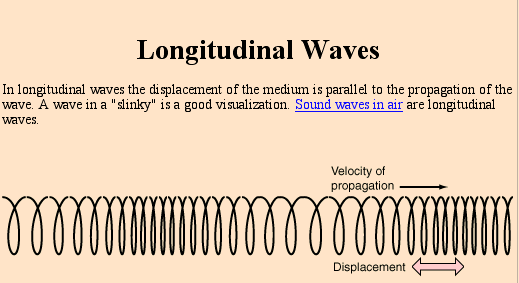Wave Phenomena
- Get link
- Other Apps
Wave Phenomena: Exploring the Nature of Waves
Introduction:
Wave phenomena are fundamental aspects of nature that occur in various forms and have significant implications in multiple scientific disciplines. Waves are ubiquitous, occurring in diverse systems ranging from the motion of ocean waves to the propagation of sound and light. In this article, we will delve into the fascinating world of wave phenomena, exploring their characteristics, types, and real-life applications.
1. Understanding Waves:
Waves are disturbances that transfer energy through a medium without causing a net displacement of the medium itself. They exhibit specific properties that define their behavior:
a. Amplitude: The amplitude of a wave is the maximum displacement from the equilibrium position. It represents the wave's intensity or energy.
b. Wavelength: The wavelength is the distance between two consecutive points in a wave that are in the same phase. It determines the spatial extent of the wave.
c. Frequency: The frequency of a wave is the number of complete oscillations or cycles it undergoes in a given time. It is measured in hertz (Hz) and is inversely proportional to the wavelength.
d. Period: The period of a wave is the time taken for one complete oscillation. It is the reciprocal of the frequency.
2. Types of Waves:
Waves can be classified into different categories based on the medium through which they propagate:
a. Mechanical Waves: Mechanical waves require a medium, such as air, water, or solids, for propagation. Examples include ocean waves, sound waves, and seismic waves.
b. Electromagnetic Waves: Electromagnetic waves do not require a medium and can propagate through a vacuum. They include visible light, radio waves, microwaves, infrared, ultraviolet, X-rays, and gamma rays.
c. Transverse Waves: In transverse waves, the oscillation is perpendicular to the direction of wave propagation. Examples include water waves and electromagnetic waves.
d. Longitudinal Waves: In longitudinal waves, the oscillation occurs parallel to the direction of wave propagation. Examples include sound waves and seismic waves.
3. Real-Life Applications of Wave Phenomena:
Wave phenomena have numerous practical applications in various scientific, technological, and everyday contexts:
a. Communication: Waves, particularly electromagnetic waves, form the basis of modern communication systems. Radio waves, microwaves, and visible light enable wireless communication, broadcasting, and information transfer.
b. Medicine: Medical imaging techniques such as ultrasound and MRI utilize wave phenomena. Ultrasound uses high-frequency sound waves to create images of internal body structures, while MRI uses electromagnetic waves to generate detailed images of organs and tissues.
c. Engineering and Construction: Understanding wave behavior is crucial in fields like structural engineering and architecture. Knowledge of wave propagation helps in designing earthquake-resistant buildings and bridges.
d. Music and Entertainment: Sound waves and their properties are fundamental to music production, audio engineering, and acoustics. Understanding wave phenomena allows for the creation of pleasing soundscapes and optimal concert hall designs.
e. Seismic Monitoring: Seismic waves generated by earthquakes provide valuable information about the Earth's interior. By studying wave propagation, scientists can gain insights into the structure of the planet and monitor seismic activity.
f. Environmental Monitoring: Ocean waves and tides play a vital role in coastal ecosystems and impact marine life. Understanding wave phenomena helps in coastal management, predicting coastal erosion, and designing offshore structures.
4. Wave Interference and Superposition:
One intriguing aspect of wave phenomena is interference, where two or more waves meet and interact. Interference can be constructive, resulting in an amplification of the wave, or destructive, causing cancellation. This phenomenon is utilized in various applications, including:
a. Noise Cancellation: Destructive interference is employed in noise-canceling headphones, where an anti-noise wave is generated to cancel out unwanted external sounds.
b. Interferometry: Interferometry is a technique used in physics and astronomy to measure small displacements, distances, and wavelengths. It involves the interference of waves to obtain precise measurements.
5. Wave Particle Duality:
Wave-particle duality is a fundamental concept in quantum mechanics, suggesting that particles, such as electrons and photons, exhibit both particle and wave-like behavior. This phenomenon has revolutionized our understanding of the microscopic world and forms the basis of quantum physics.
Conclusion:
Wave phenomena are fascinating and have a profound impact on our understanding of the natural world. Whether it's the mesmerizing motion of ocean waves, the propagation of sound through the air, or the intricate behavior of electromagnetic waves, waves are essential in shaping our perception of the universe. The study of wave phenomena has paved the way for technological advancements, communication systems, medical diagnostics, and environmental monitoring. Exploring the nature of waves opens doors to new discoveries and enhances our knowledge of the intricate workings of the physical world.
- Get link
- Other Apps

Comments
Post a Comment